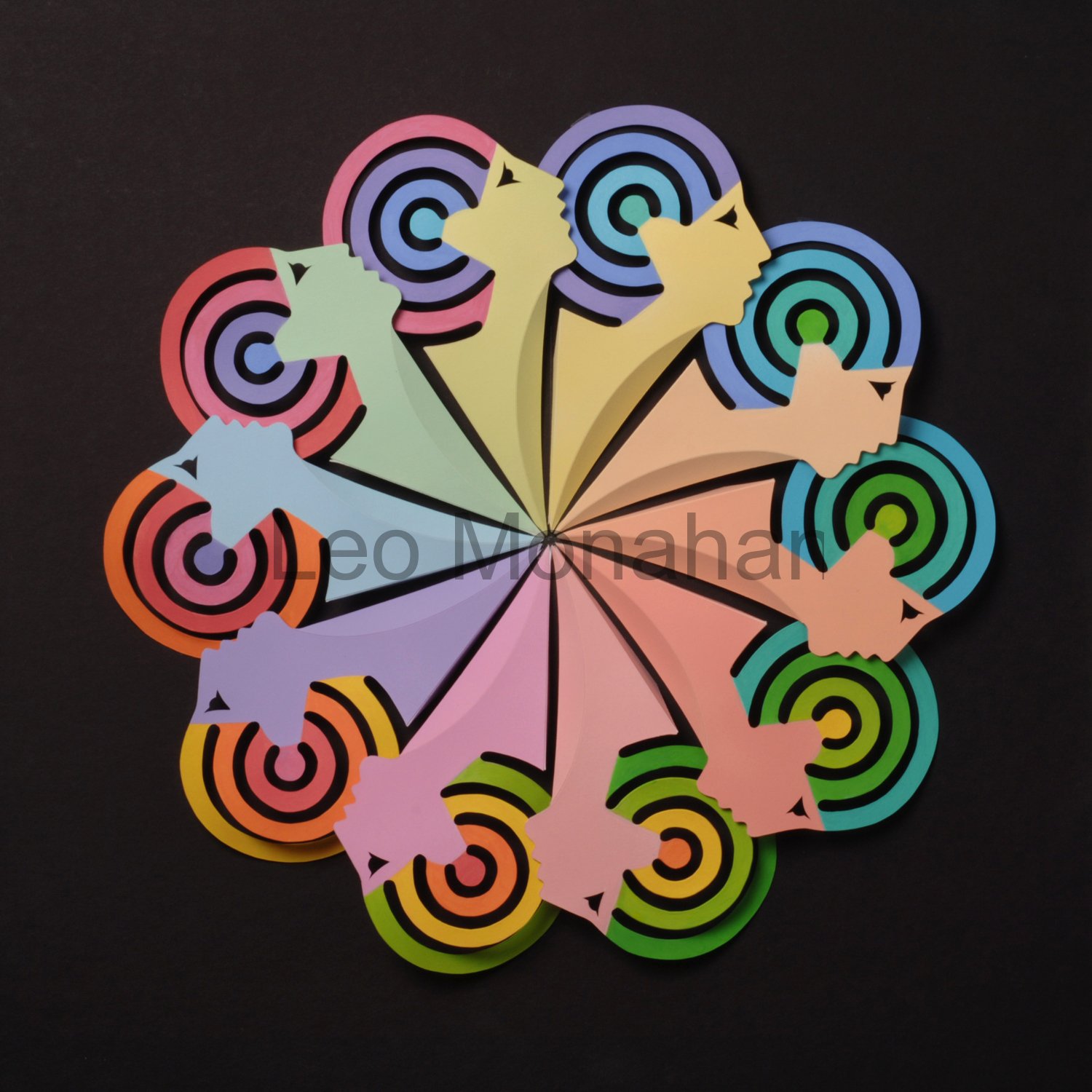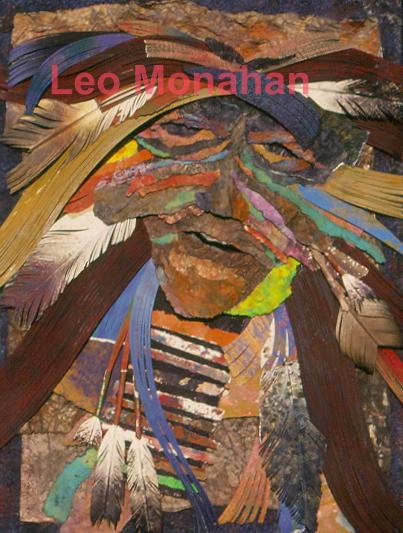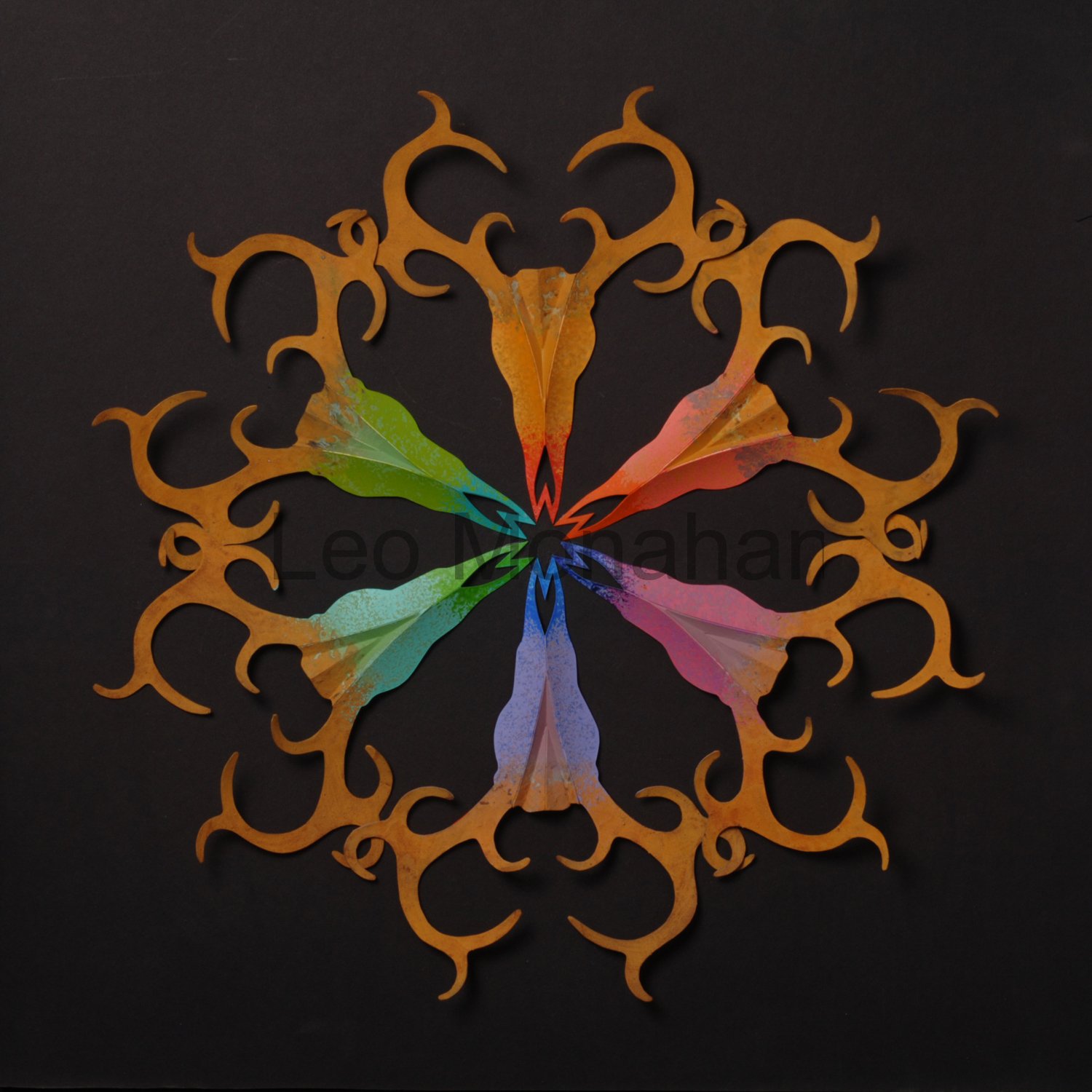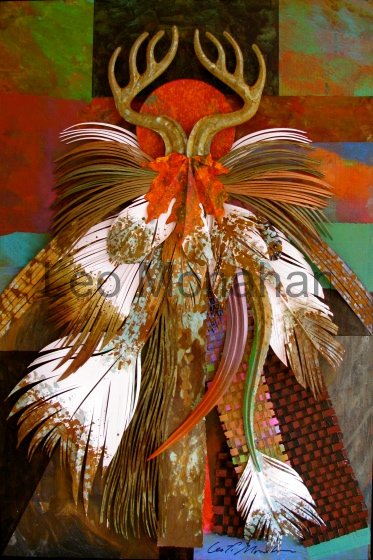Dear Reader,
I am sitting here with keyboard in hand making frustrated attempts at writing this here blog. Why frustrated? you may well ask. For several days a blue bird has been attacking his reflection in a window next to my computer. His reflection looks like a bad guy to him, and he is challenging it to a windowsill fistfight. No holds barred, kicking, biting, and woodpeckering.
I’ve got post-its all over the damn glass, and now and then I put my face right up to the window, but the bugger just sticks his tongue out at me. It’s all natural and charming, you say. Well, sure, maybe, but I’m the schmuck who has to wipe up the bluebird slobber while dodging laughing wasps.
It’s finally dark, the little beak buster has punched his time-card and has retired to his corner where his manager and beak repairman get him ready for tomorrow’s bell…
So what do I want to write about anyway? Faces come to mind, and I’ll start with this “Faces” color wheel.
 These faces are basic Roman female profiles that don’t portray any unique characteristic that might interfere with the circular movement … like a mole or a wart on the nose. The faces are the twelve Itten-inspired hues, tinted to about 20% by the addition of white, in a pale color scheme. For you colorists, mixing tints that seem to match in hue (color) and value (dark & light) is hard, time-consuming work. The headpieces are four-hue targets that move around the circle from warm through cool in a bright color scheme.
These faces are basic Roman female profiles that don’t portray any unique characteristic that might interfere with the circular movement … like a mole or a wart on the nose. The faces are the twelve Itten-inspired hues, tinted to about 20% by the addition of white, in a pale color scheme. For you colorists, mixing tints that seem to match in hue (color) and value (dark & light) is hard, time-consuming work. The headpieces are four-hue targets that move around the circle from warm through cool in a bright color scheme.
The faces that interest me are mask-like images that come from my boyhood life among the Sioux. When I was very young, my Norwegian grandfather, Oscar, took me to Indian dances that were held in an octagonal building in the Black Hills just outside Rapid City. They were put on by the Duhamel trading post, which dated from gold rush, stagecoach, and wild west days.
It was lighted by a bare bulb, and a large fire in the center was the flickering flame illuminating the dancers and the drummers. The warriors dancing in full regalia, the shuffling Squaw dances and the powerful drumming and high singing and chanting were stunning to a wide-eyed boy, to say the least. I never let go of my grandfather’s hand, and 75 years later I remember every detail: the singing, dancing, dust, feathers, horns, buckskin, and drumming …
My palette is warm, even hot, with a few blue-greens to make use of the effect called simultaneous contrast. Hot is hotter when juxtaposed with cold hues. I obtain textures and impressions of age by handling paint and paper roughly. I tear, crush and otherwise abuse paper with rusts, coppers and pigments of any kind available. Severely agitating the surfaces to create variations of texture makes the image come alive.
This is collage in dimension without a plan. Serendipity — what just happens when making art. The trick is to quit before ruining it by going too far. Sometimes I’m having so much fun that I don’t put the tools aside in time.
The next face is a portrait of Ben Black Elk with his three small stripes of yellow face paint. His rough skin, long hair and black eyes are in my memory forever. I intended to keep this piece, but some friends bought it at my first show in a La Cienega gallery in LA. I’ve visited it a few times and offered to buy it back to no avail. They love it, so it’s okay.
leo
Giclee prints of the second face, Face From The Past, are available for $200.
Image is 18 x 11” with 2” border on French watercolor paper.
Ben Black Elk is now available as a giclee. Edition size of 50. $200.
leomonahan@tds.net






